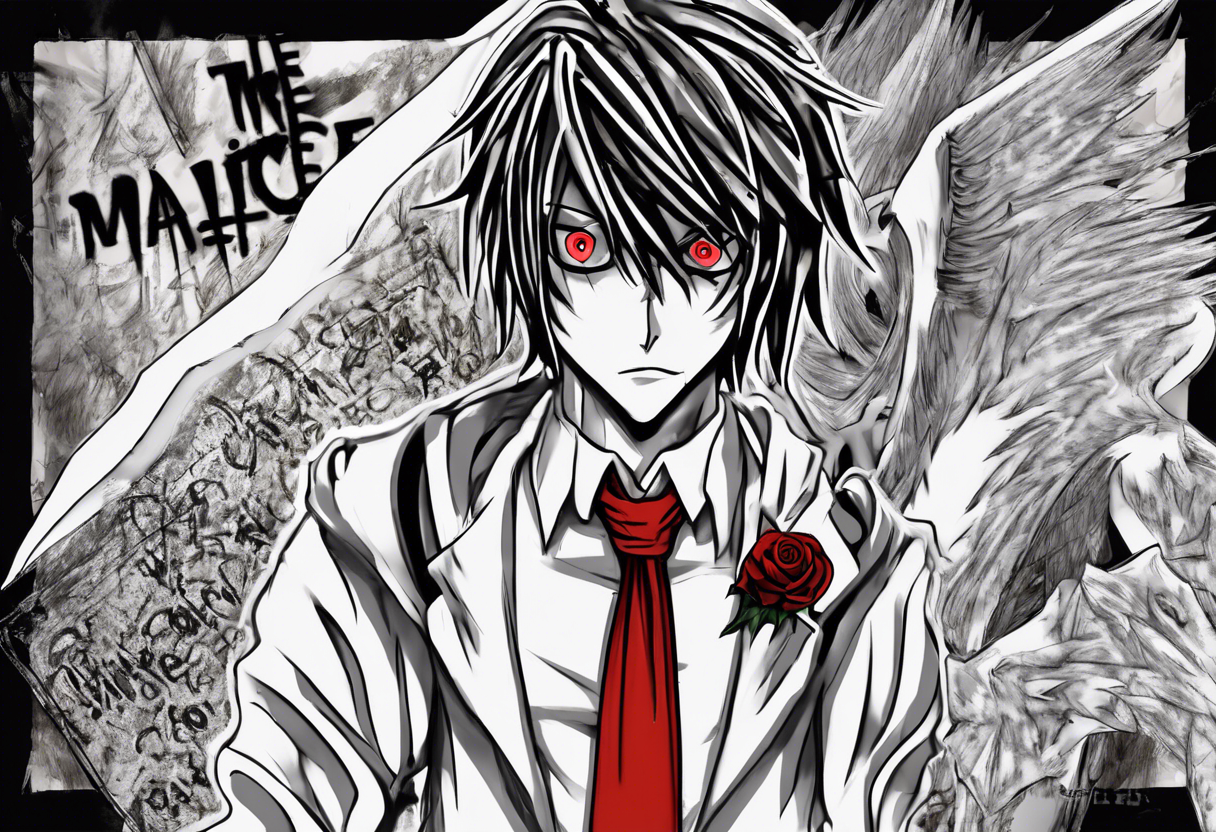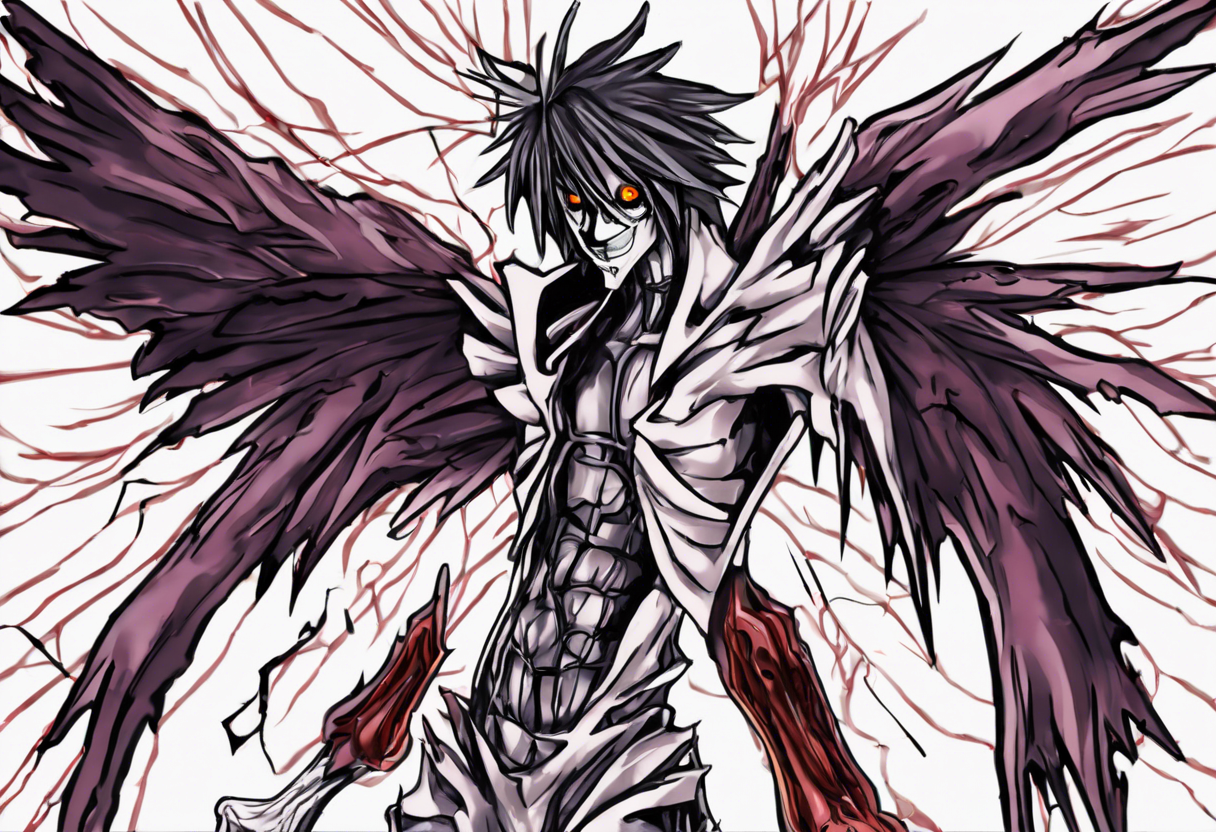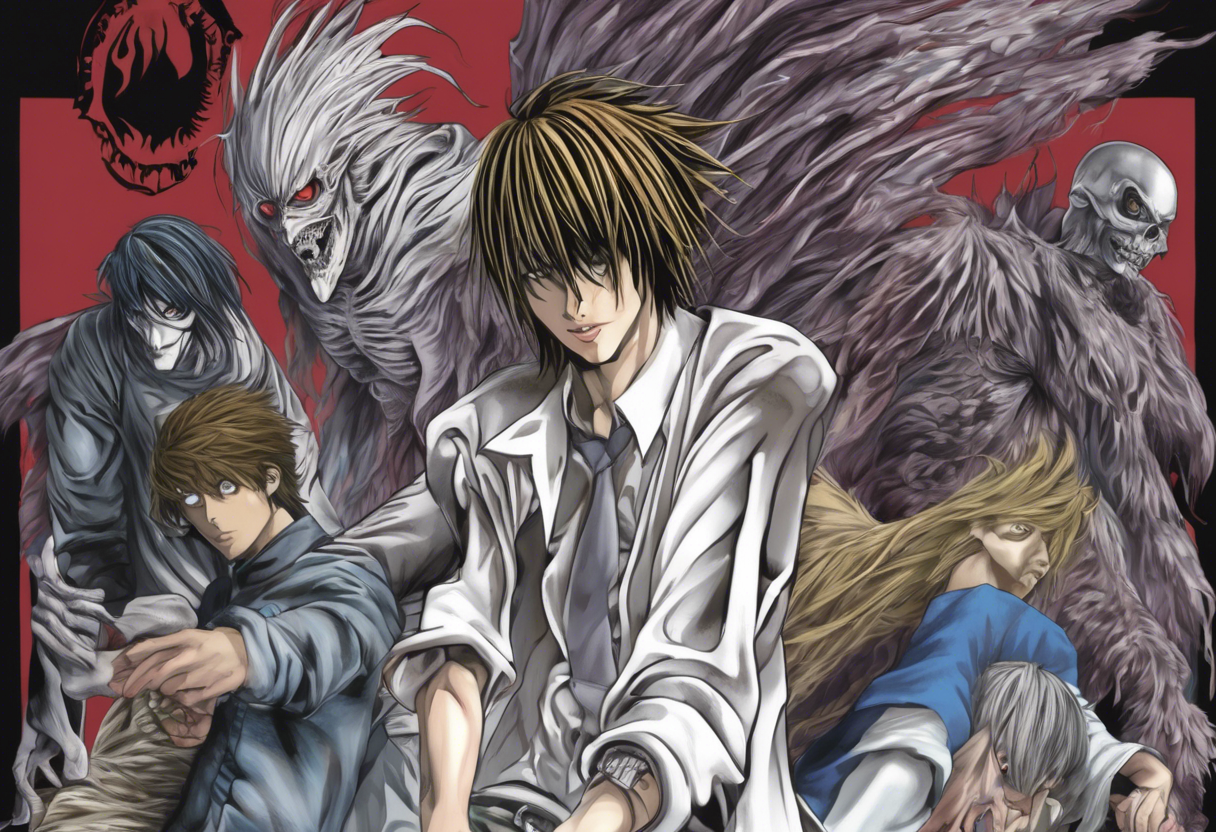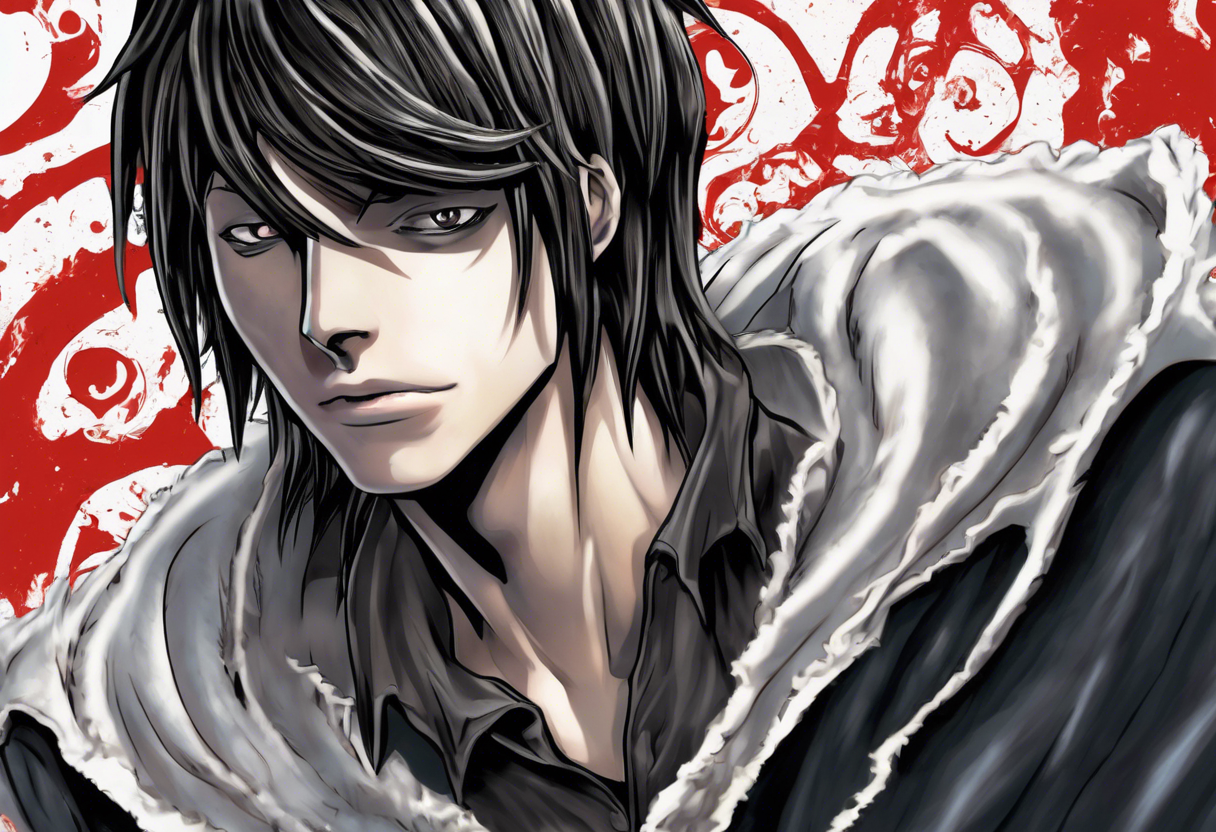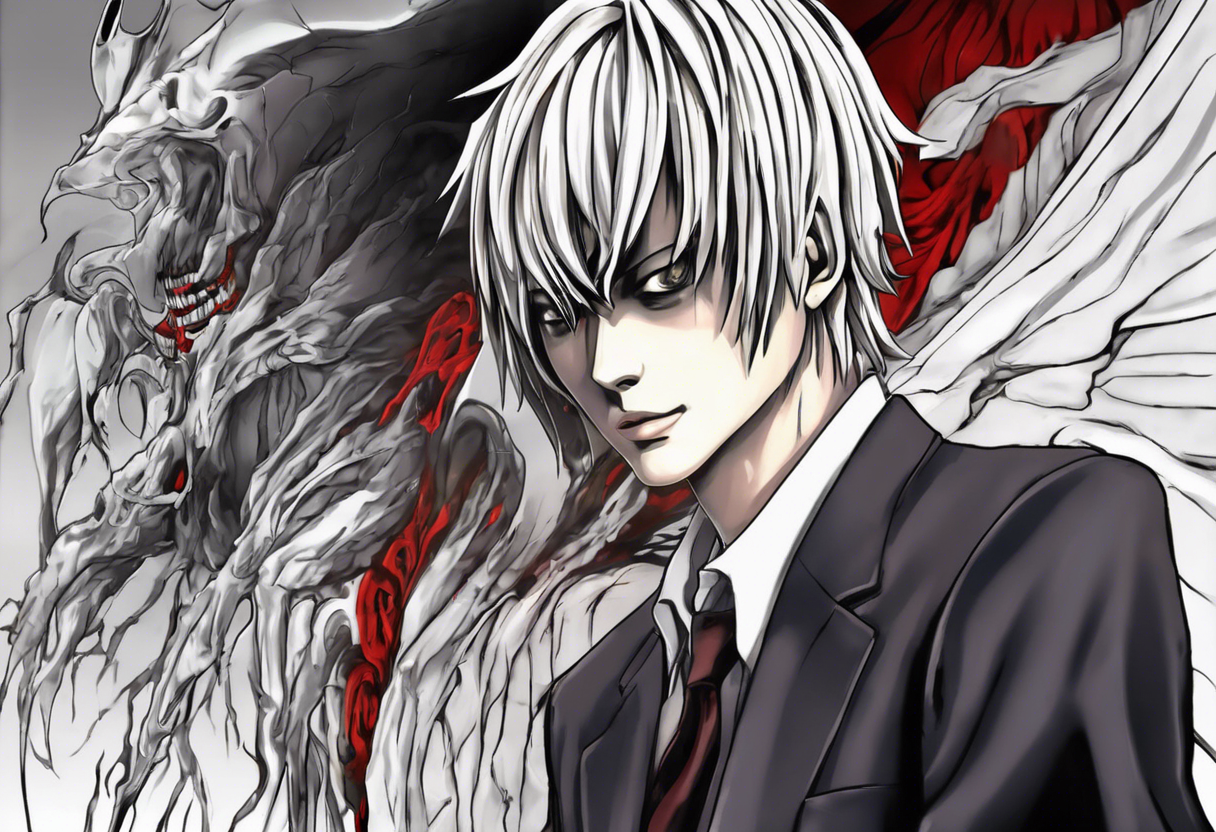Contents
Death Note: Episode 35 "Malice" – A Detailed Analysis
Introduction
"Malice" is the 35th episode of the anime series Death Note, directed by Tetsurō Araki and animated by Madhouse. The series, based on the manga by Tsugumi Ohba and illustrated by Takeshi Obata, premiered on Nippon TV on October 4, 2006, and concluded on June 27, 2007, with a total of 37 episodes.
The production of Death Note involved a meticulous process, with Ohba focusing on the tempo and dialogue to maintain a suspenseful atmosphere, and Obata having significant artistic license to interpret the basic descriptions provided by Ohba [2].
"Malice" is a pivotal episode in the series, setting the stage for the final confrontation between Light Yagami and Near. This episode stands out for its intense plot developments and the resolution of several key character arcs.
Plot Summary
In "Malice," the narrative revolves around Mello, one of L’s disciples and a detective from Wammy House, who kidnaps Kiyomi Takada, a television anchor and one of Light’s pawns. Takada, aware of Mello’s real name, uses a piece of paper from Light’s Death Note to write down Mello’s name, resulting in his immediate death [1].
This episode also sees the culmination of several plot threads. Light, using Mikami as his proxy, continues to eliminate potential threats. Kiyomi Takada, after writing Mello’s name in the Death Note, is subsequently killed by Light to cover his tracks. The episode sets the stage for the final showdown between Light and Near, with both characters orchestrating their plans to outmaneuver each other [1].
The plot is marked by rapid developments, with Light and Near engaging in a cat-and-mouse game. The details of the plot, such as the number of pages Mikami writes in the Death Note each day and the date of the meeting between Light and Near at the Yellowbox Warehouse, become crucial in understanding the unfolding events [1].
Themes and Symbolism
"Malice" delves into several themes that are central to the Death Note series. One of the primary themes is the morality of justice and the consequences of playing god. Light’s actions, driven by his belief in creating a utopian society without crime, are juxtaposed with the moral ambiguities of his methods. The episode highlights the lengths to which individuals will go to achieve their goals, often at the cost of others’ lives [1].
The character of Mello serves as a symbol of the consequences of obsession and the sacrifices made in pursuit of justice. His off-screen death is a point of contention, as it feels abrupt and dismissive of his character’s significance in the series. This abruptness underscores the theme of mortality and the unpredictability of life, where even significant characters can meet sudden and unexpected ends [1].
The use of the Death Note itself is symbolic of power and the corrupting influence it can have. The notebook’s rules and limitations add a layer of complexity to the narrative, emphasizing the idea that absolute power is not without its constraints and consequences [2].
Cultural Impact
"Malice" and the broader Death Note series have had a significant cultural impact since their release. The series was licensed by Viz for distribution in North America, marking one of the first times a well-known Japanese anime property was made legally available for download in the United States while it was still airing in Japan [2].
The series has influenced popular culture, with references in various forms of media, from other anime and manga to music and film. The concept of the Death Note has become a cultural touchstone, symbolizing the idea of ultimate power and the moral dilemmas associated with it.
Critical Reception
The reception of "Malice" and the Death Note series has been largely positive, but not without criticism. Critics have praised the series for its intricate plot, well-developed characters, and the suspenseful atmosphere maintained throughout. However, some have criticized the handling of certain characters, particularly Mello’s abrupt death, which felt rushed and unsatisfying to some viewers [1].
The series has also been praised for its thematic depth and the way it explores complex moral issues. The anime adaptation was commended for its faithful representation of the manga, with director Tetsurō Araki and series organizer Toshiki Inoue ensuring that the key elements of the original story were preserved and emphasized in the anime [2].
Legacy
The Death Note series, including the episode "Malice," continues to be highly regarded and influential in the anime and manga community. The series has inspired numerous adaptations, including live-action films, stage productions, and video games.
The legacy of Death Note lies in its ability to engage audiences with its complex characters, intricate plot, and deep thematic exploration. The series remains a benchmark for suspenseful storytelling and moral complexity in anime, continuing to inspire new generations of creators and fans.
The episode "Malice," while part of a larger narrative, stands as a testament to the series’ ability to balance intense action with deep character development and moral introspection. It serves as a pivotal moment in the series, setting the stage for the climactic final episodes and reinforcing the themes that make Death Note a timeless classic.


